To automate communication with website visitors, you need to create a script for the chatbot that accepts appeals. The quality of the dialogs affects the success of the business - positive impressions increase conversion, while negative ones can discourage potential customers. This ultimate guide will tell you how to write a perfect chatbot script. Also, if you are developing a chatbot from the ground up, you may be eligible for an AI patent, if your chatbot uses AI in it.
How to begin work on a script for a chatbot
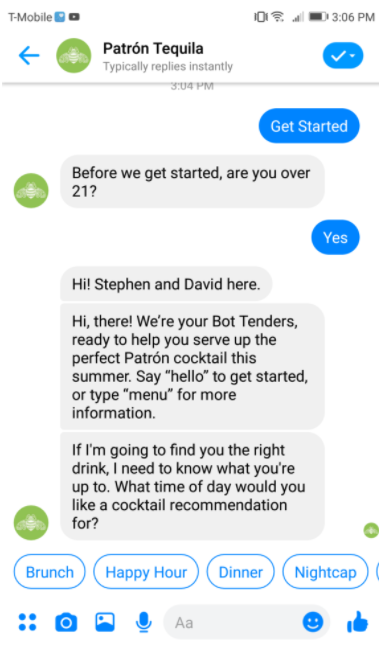
The first step is to set a goal. It depends on the characteristics of your company and its product. For an online store, the target action will be a completed purchase, for services - an appointment, for a news website - a subscription to a newsletter.
However, not all chatbots are for commercial purposes. Technologies changed commerce and dictated its rules. Today, chatbots can provide reference information on request, assist in navigating the website, tell you about the terms of service, help new employees get accustomed to their jobs, and perform other tasks.
It is crucial to choose a platform for creating the bot at this stage - the chatbot's capabilities will depend on it. Or you can hire a front-end development team, and they will help you with creating more detailed chatbot software if you’re not interested in platforms. Some platforms have ready-made templates for dialogs that can be assembled according to the constructor principle and adjusted to the needs of your business.
Choosing a tone of voice for a chatbot
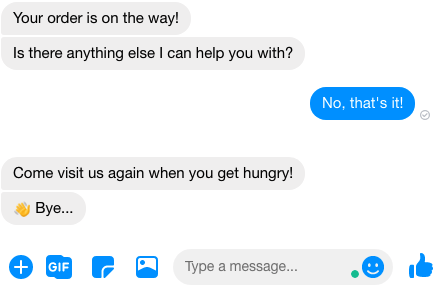
A chatbot needs a personality corresponding to the company's field of activity and target audience. In a cosmetics store, the tone of voice should be friendly and recommendatory. In a video game catalog - lively and direct. If you are responding to personal trainers, be energetic and enthusiastic. And in a car dealership - emphatically businesslike and neutral. If the chatbot's personality is rather friendly, nonverbal means of communication (emojis, stickers, pictures, and even memes) may appear in the responses.
Understanding whether a chatbot can be integrated with your CRM or Zapier is crucial. If this is feasible, the dialogs should be personalized by adding a personal appeal to the user and recommendations based on browsing history.
Careful handling of erroneous messages should be provided. In many ways, this is where the chatbot's personality comes into play. Not recognizing the other person's message, may apologize, make a joke, or suggest that the request be phrased more accurately. Consider which response would be more appropriate. And also, localize your chatbot.
5 steps to write a script for chatbots
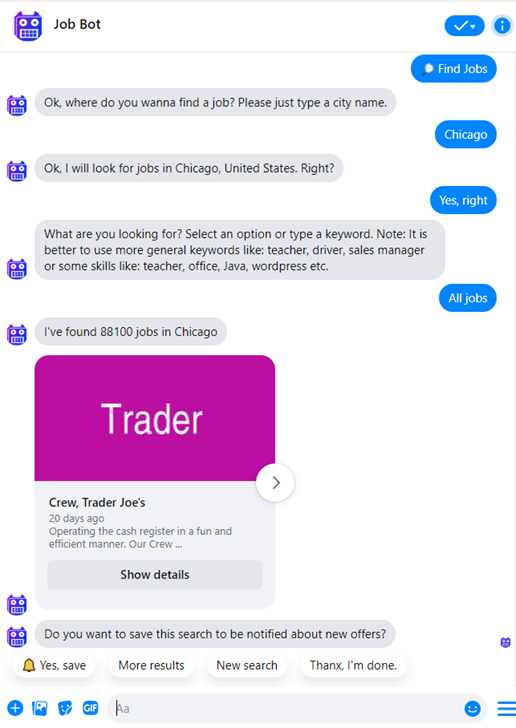
A chatbot responds to a client according to the script. It doesn't know how to improvise and rearrange communication if something doesn't go according to plan. That's why it's essential to think out a clear, consistent, and logical communication script for the chatbot:
- Define your tasks and goals. What do you need the chatbot for? For example, this escape room in SF uses a chatbot to help their visitors make a choice, consult on questions, place an order, or handle customer service requests. Write a greeting. Offer help and ask specific questions. For example: "Hello! What kind of coffee do you like?" And add the answer options: "Grain” or “Ground”. This way, the customer will understand that the chatbot understands the parameters of the product and will reduce the search time.
- Make a structure for the chatbot. To make a structure, detail the user's journey from the first visit to your website and analyze what information they will need. For example, they can need an assortment of products with prices and descriptions, help and advice on choosing products, or information on payment and delivery. Be sure to include the ability to quickly contact the manager in case the chatbot can not help.
- Create the tone of voice of the chatbot—for example, friendly format, humor, compliments, and mood emoji. Make communication easy and natural based on the characteristics of the target audience. This builds trust and sympathy and draws people in.
- Write parting phrases. End any conversation in such a way that the user is left with a pleasant experience with the chatbot. For example, "Congratulations on your purchase," "Thank you for your choice," "I was happy to chat," "Thank you for your time," and "Have a great day".
Following these 5 steps, you will quickly write a job aid for a chatbot.
Tips on how to write scripts for a chatbot
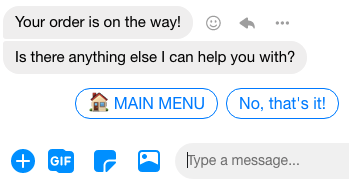
First, make a list of frequently asked questions. If you have already worked with a call center, you can use its reports as a basis. If not, search for the FAQs of businesses that work in the same field. Run a series of website tests - you can even ask a few people you know to place a test order.
The dialogs for the chatbot should be structured. Combine them by topic. Then enlarge the list again, forming 2 to 5 sections for the main menu. Now you have everything you need to write a script. It should be written as a flowchart, which can be made in your chosen service or even in a text editor.
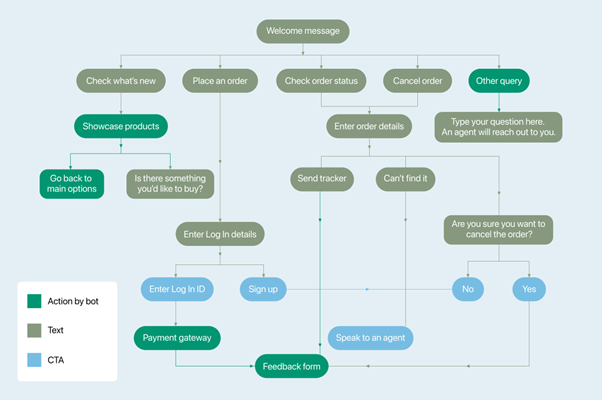
Creating a structure for chatbots is a complicated and responsible job that requires knowledge of psychology, basic programming principles, and sales techniques. It is desirable to involve a professional who knows how to build the right algorithms. But if your business is gaining momentum, you can start independently. The following tips will help you:
- Choose a discreet and friendly way to start a dialogue. You usually see a help button when you open the website. A separate chat window opens if the user browses many web pages or takes a long time to take targeted action.
- Use quick action buttons where possible. Make it easier for the user to type responses. But don't forbid typing the request in the text - some people find it easier to communicate this way.
- Put closed questions, which imply a limited number of answers. For example, in the store - "What kind of case do you want: black, white, gray, or a bright shade?" In a beauty salon - "What service are you interested in: a haircut, manicure, or depilation?"
- Try not to build flowcharts deeper than five levels. If a person has to perform more actions, he or she begins to get tired of the endless clicks and distracted from the dialogue.
- Be sure to think about the possibility of returning to one level and instantly returning to the main menu. Make sure that any parts of the flowchart coordinate with each other in both directions.
- Make an algorithm for closing the session. In addition to performing the targeted action, the client can close the window, leave the message unattended, or confirm that the chatbot has answered all his questions.
As for the text content of the dialog, it should be composed using simple words. Do not try to sugarcoat the terms, trying to emphasize your professionalism - such a tone of communication may seem contrived and arrogant. After writing the script, you should reread it several times. Consider whether you can simplify things for the client. Check the length of each message. Ideally, it ranges from 50 to 150 characters without spaces. If you need extra help writing your scripts, you could consider hiring a SaaS copywriter who understands the nuances of writing dialogue for chatbots.
How to debug a chatbot on your website

Even a perfectly scripted dialog can leave a negative impression because of annoying mistakes. Therefore, it is essential to think through "escape routes" for the chatbot. Alternative scripts are needed in the following cases:
- Suppose the user's requests go beyond the authority of the chatbot. You can offer him or her to contact an operator or leave a phone number for customer feedback.
- Suppose the selected action does not work. For example, the data from the CRM won't load. It is better to see a neutral reference than %USERNAME%.
- Suppose the operator is unavailable. Instead of keeping the customer in suspense, offer him or her to leave contacts. He or she will be contacted as soon as the service starts working.
- Suppose the user can't decide which option is right for him for a long time. After a certain amount of time, the chatbot may provide help or recommendations.
- Suppose the customer does not respond in a structured manner, e.g., writing every word in a separate message. You can automatically return it to the previous level of dialogue or ask it to clarify the request.
To improve the chatbot, look for successful examples of chatbot dialogs, set up analytics on your website, and test regularly. Once you discover typical errors, don't leave them in your reports, but adjust the script, keeping the visitor's attention and improving conversion rates. But if you need a full-scale chatbot, it is better to use an AI chatbot.
Takeaways
Writing scripts for chatbots is complicated and responsible work at the intersection of several professions. If you are just starting in this industry, you should
- Define your tasks and goals
- Write a greeting
- Make a structure for the chatbot
- Create the tone of voice of the chatbot
- Write parting phrases
Adhering to our tips, you will write a powerful chatbot script.


 Table of Content
Table of Content










